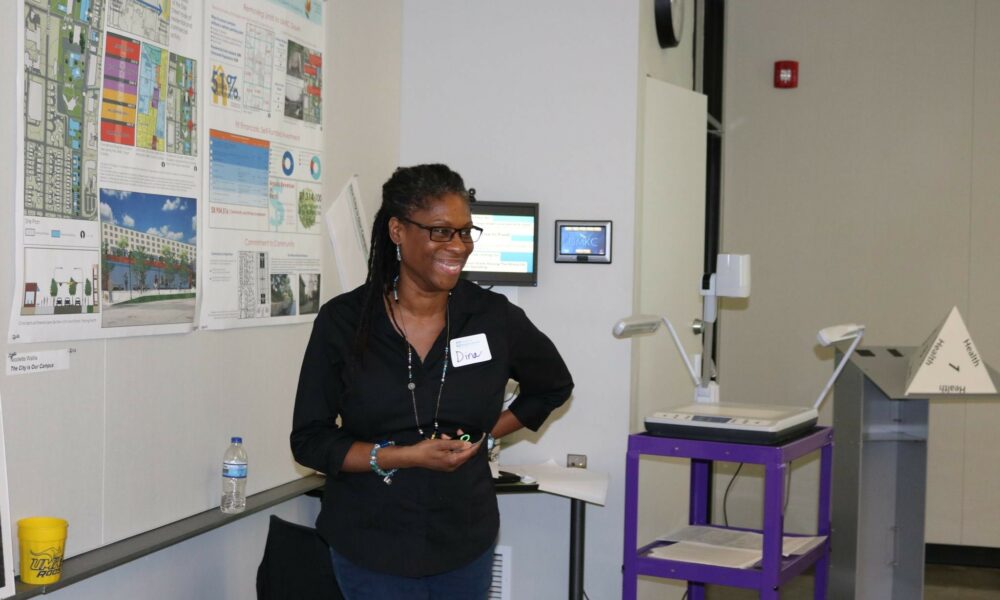

Today we’d like to introduce you to Dina Newman.
Hi Dina, so excited to have you with us today. What can you tell us about your story?
I have worked in the community for as long as I can remember. Whether it was picking up trash at our local parks (my very first formal job at the age of 14) to helping to organize the community – seemingly, I have had a passion for neighborhood empowerment all of my life.
I grew up in Coffeyville, Kansas, raised in the early part of my life by my grandparents.
We lived in the area of town known as “Nappy Holla”. It was close to the river, somewhat country-like, almost rural but not quite, and a very tight-knit community. The elders were called Aunt or Uncle or Grandma or Grandpa or Mr. or Mrs. and though I’m not crazy about the cliché “it takes a village” what I experienced growing up was like living in a neighborhood surrounded by family members.
We had a garden, chickens, and a couple of hogs. Do you know how people who grew up poor say that they didn’t realize they were poor? Well, I knew we were poor, but I never went hungry. While we had running water in the kitchen, we did not have an indoor bathroom. My grandparents had an outhouse until 1981.
Beneath the shadow of their wings, I learned from my grandparents the importance of having a good work ethic. While it was expected that I would maintain good grades (A’s only with an occasional B), they believed that hard work and integrity would pave the way to success. So, I went to community college while holding down one or two jobs. At that time in my life, a steady paycheck was more important than college. In every job I had, I learned everything I could, I paid close attention, I made sure to surround myself with intelligent people and I would always work my way up the ladder. I don’t know who said it, but this quote resonates with me. “I have never let my schooling interfere with my education.”
No matter my profession, I have been intentional about trying to find my place in and with the community. For over 25 years now, my lived experience has enabled me to advance in management, banking, entrepreneurship, and community development and organizing.
Can you talk to us a bit about the challenges and lessons you’ve learned along the way? Looking back would you say it’s been easy or smooth in retrospect?
Sometimes, I struggle with self-doubt and I wonder if I’m really making a difference. Often, I have to remind myself that community change can take years and my impatience doesn’t help matters.
Can you tell our readers more about what you do and what you think sets you apart from others?
The UMKC Center for Neighborhoods just celebrated its five-year anniversary. Housed in the Department of Architecture, Urban Planning, and Design, the Center’s mission is to help build the capacity of Kansas City’s neighborhood leaders and community organizations. We accomplish this through community-university partnerships, service-learning projects, technical assistance, internships, and research. Our curriculum sits on the foundation of four pillars of learning: Health, Safety, Technology, Communications, Planning, Development, Leadership, and Governance.
As the Director, I’ve had the honor and privilege to work with almost 200 neighborhood leaders, advocates, and residents who have participated in our 12-week Neighborhood Leadership Training program. We just graduated our tenth cohort and in the Fall of 2022, Cohort 11 will take place. This program is designed for any neighborhood leader who resides in the Kansas City, Missouri area, and the only cost to participate is the cost of their time and commitment.
The Center for Neighborhoods utilizes the ABDC (Asset-Based Community Development) model. We encourage our cohort participants to look at the assets in their community and find ways to leverage those in order to make sustainable change. This methodology sets us apart from other local grassroots leadership training.
Before this current job, I worked in one of Kansas City’s largest, predominantly African-American communities as an Advocate for Change and the Health Initiatives Manager. In this role, one of my responsibilities was to address childhood obesity through environmental, policy, and barrier change. I was challenged to consider not only a person’s individual health but what does it take to build a healthy community?
By looking through a “culture of health” lens, I was able to develop some creative and innovative projects – including the creation of several neighborhood gardens and a farmers market. I also became the co-founder of Kansas City Black Urban Growers (KCBUGs). It’s funny, but after I left Coffeyville, I told myself that I would never work in a garden again, but in certain circles, I am known more for my urban agriculture work than I am for CFN.
What matters most to you? Why?
My faith and my family are most important to me. I’ve been married almost 30 years to my husband and I’m the mother of four children and two grandchildren. These flawed, complicated, funny, and beautiful humans give me a reason to get up in the morning and to be thankful in the evening.
Contact Info:
- Email: [email protected]
- Website: cfn.umkc.edu
- Instagram: umkc_cfn
- Facebook: @umkc.cfn
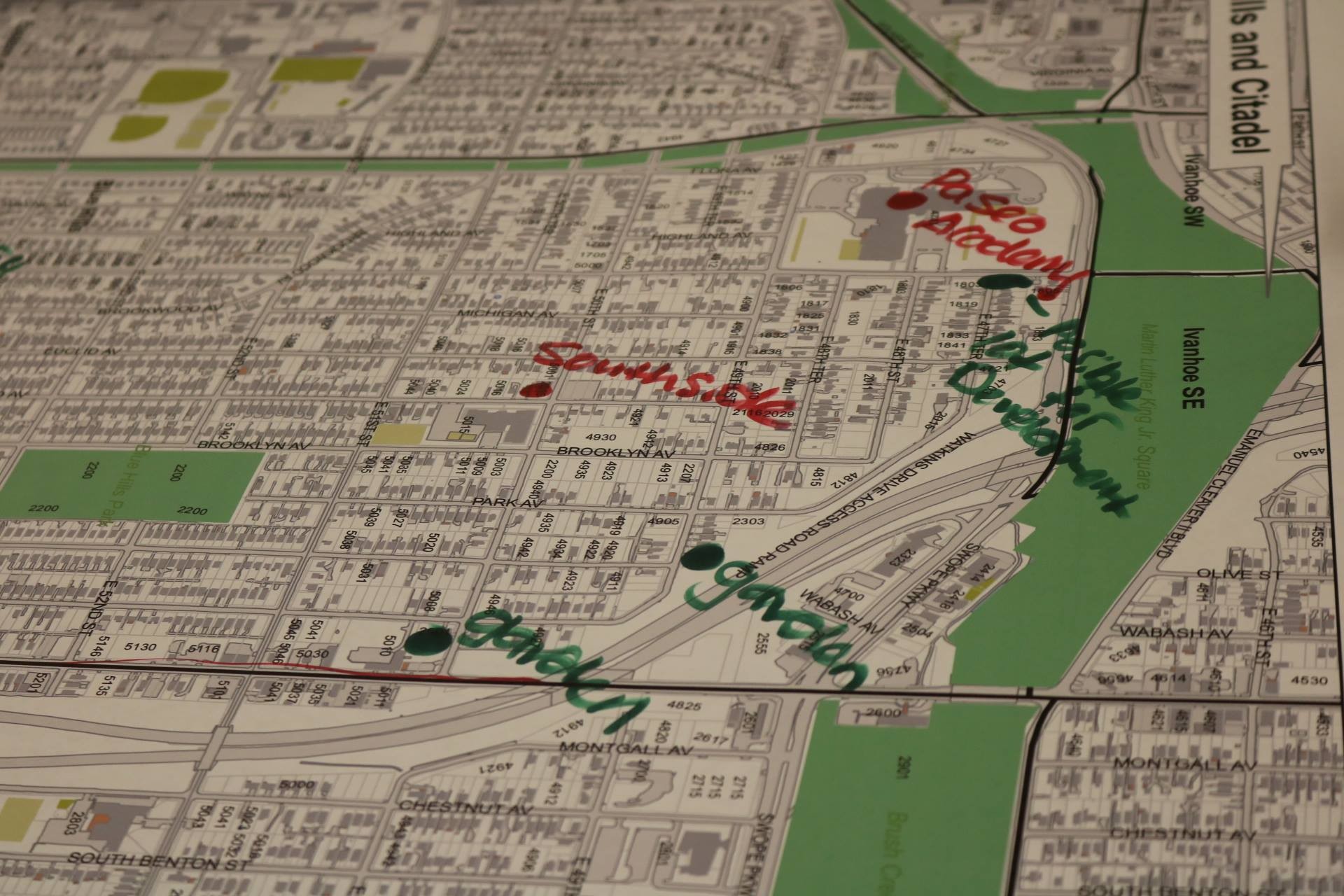
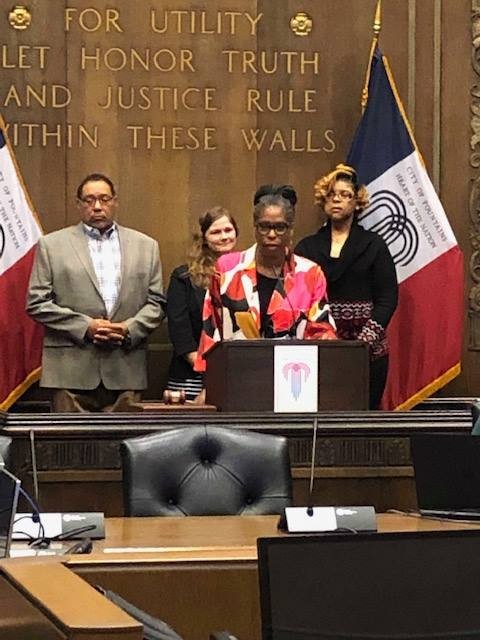

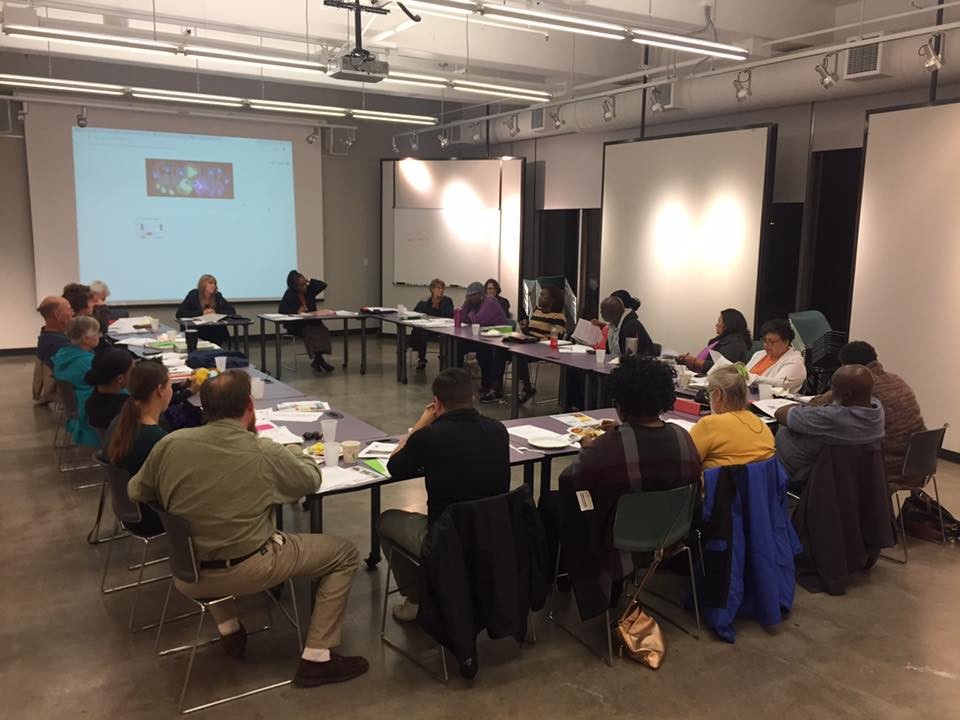
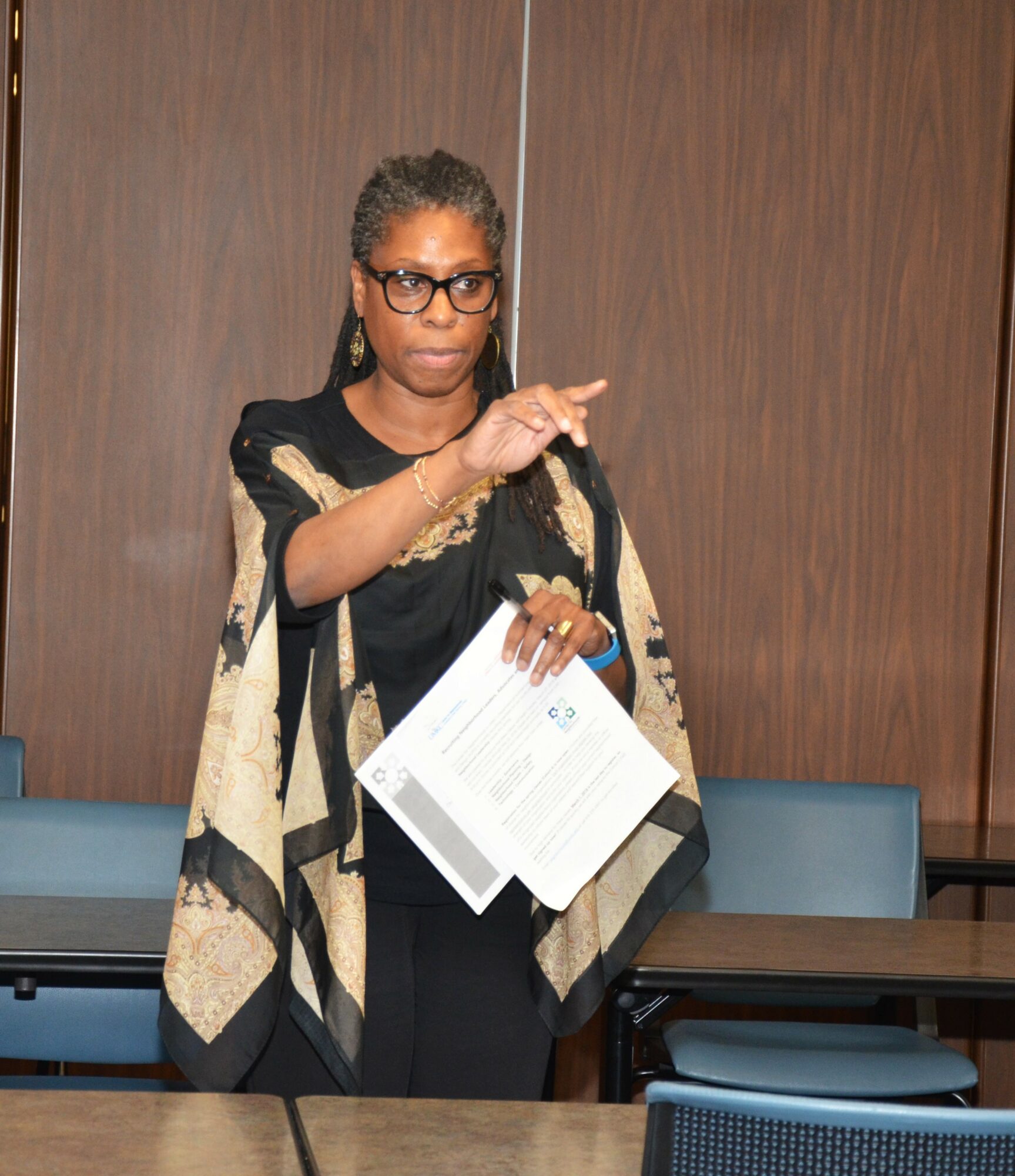

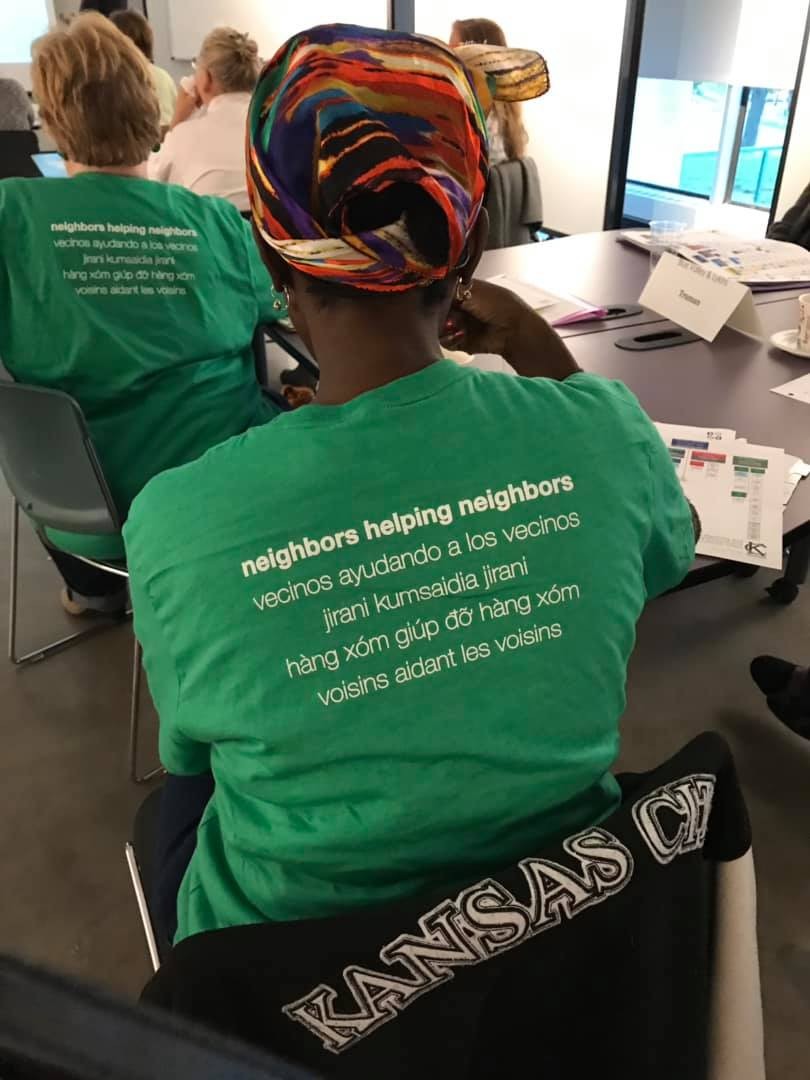



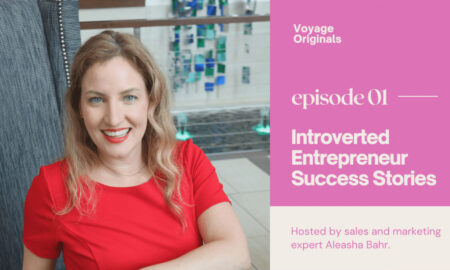








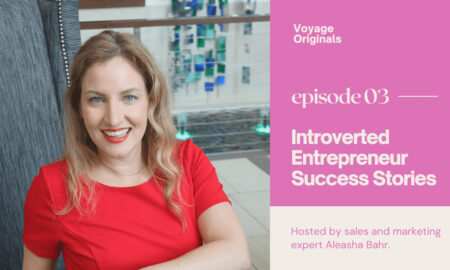
Jennie Walters
December 23, 2021 at 1:33 am
I love Dina. She has helped me in many ways.